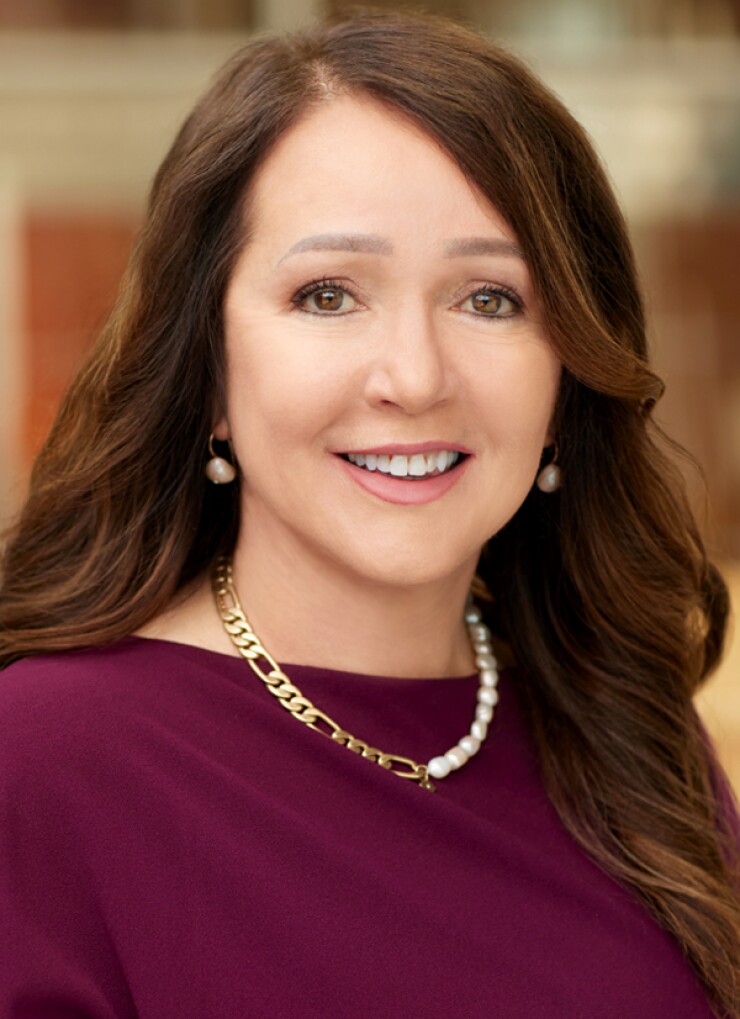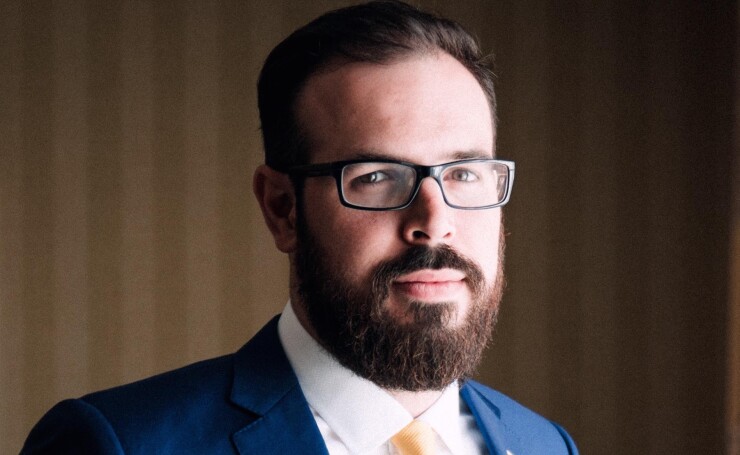Bloomberg News
Where California goes, the nation follows, the saying goes, and it appears to be true when it comes to the California Public Employees’ Retirement System.
The nation’s largest public pension fund had $502.9 billion in assets under management at the end of fiscal 2024, it announced in a July
A preliminary 9.3% return on investments in the year ending June 30 brought the funding ratio of its Public Employees’ Retirement Fund to 75%, CalPERS said.
CalPERS returns were reflective of national trends; according to Equable, which describes itself as a bipartisan non-profit that educates and informs stakeholders about creating real public retirement plans sustainability. Public
CalPERS 75% funding ratio is trailing the aggregate funded ratio for U.S. state and local retirement systems, which is 81.4%, according to
CalPERS’ funding status has moved with the markets, hitting a high of 82.6% in 2021, and then falling to 72% in 2022 due to negative 7.5% investment returns, before resuming a climb to its current status, according to a
Anthony Randazzo, Equable’s executive director, says the pension fund is trying to thread the needle between practicing good public policy by not putting too much pressure by demanding contributions from the cities and counties the pension fund serves while also achieving the investment returns it needs to raise its funded status.
CalPERS should be moving faster to lessen its reliance on private equity and toward fixed income and less risky returns, Randazzo said. Plus, CalPERS’ reliance on private equity to achieve returns is setting a bad example for other pension funds across the country, he said.
The “investment return outpaced the discount rate of 6.8%, comparable to an assumed rate of return and a policy marker established by the CalPERS Board of Administration,” according to the July news release. “It was also notable improvement from the two most recent fiscal years, where investment returns were influenced by a variety of economic and geopolitical challenges.”

“Our investing strategy was well positioned to take advantage of improving economic conditions over the past 12 months,” CalPERS Chief Executive Officer Marcie Frost said in a statement. “Meeting or exceeding our long-term investing goals is crucial for providing the retirement benefits that our 2 million members and their families are counting on.”
Public equity investments, i.e. stocks, comprising 41.9% of the public employees retirement fund, led the way among asset classes with an estimated 17.5% return, according to the July CalPERS statement.
The private debt asset class, established in 2022, also performed strongly, CalPERS said. Its estimated return was 17%.
CalPERS reported fixed income and private equity returns of 3.7% and 10.9%, respectively. Real assets generated a negative return for fiscal year 2023-24, the pension fund said.
“Our team remains focused on executing on our long-term investment strategy, building a diversified portfolio to navigate markets and mitigate volatility over our multi-generational investment horizon,” said Interim Chief Investment Officer Dan Bienvenue.
The ending value of the PERF for FY 2023-24 will be based on additional factors beyond investment returns, including employer and employee contributions, monthly payments to retirees, and various investment fees.
The final value of the PERF for the 2023-24 fiscal year will be
Once finalized, fiscal year performance returns will be used to set contribution levels for the State of California and school districts in the 2025-26 fiscal year and for contracting counties, cities and special districts in the 2026-27 fiscal year, according to CalPERS documents.
In March, the CalPERS board approved a proposal to “raise the portfolio’s investment in the private markets,” the
The strategy will increase the total private market allocations from 33% of plan assets to 40% and increased private equity from a target of 13% of the fund to 17%, while private debt is set to increase from 5% to 8%.
“Strong and ongoing growth in private equity returns is behind this measured and appropriate increase,” said CalPERS Trustee David Miller, chair of the Investment Committee, in a statement in March. “Market conditions are evolving, and the investment team needs latitude to deploy capital intelligently to keep the fund on track for sustainable returns.”
A CalPERS analysis says that private equity’s 20-year annualized returns stand at 12.3%, making it the top performing asset class of the fund over that period. The returns from private equity over a five-year and a 10-year period also outpaced every other asset class as of the end of 2023.
The CalPERS Investment Office also conducted a mid-cycle asset allocation review and concluded that private equity remains the asset class with the highest expected long-term total return, according to CalPERS documents.
“It looks like CalPERS said ‘let’s double down on private equity,’ and everyone else followed suit,” Randazzo said.
Though Randazzo says CalPERS is well-managed, he still contends that pension funds should be aiming for 100% funded.

“Our view is that pension funds should be fully funded, and it’s fiscally irresponsible for them to be carrying a trillion dollars in unfunded liabilities on the books,” he said. “It’s more fiscally prudent and responsible to fully fund these pension funds.”
Equable’s report this month put U.S. unfunded public pension liabilities at $1.29 trillion.
Though it was once thought, given that pension fund liabilities are paid out over decades, that it was okay for them to be 80% funded, Randazzo said that thinking has changed.
The thinking once was pension funds “aren’t going to run out of money any time soon, so we don’t really need to” have enough money on hand to fully pay for benefits,” Randazzo said.
“This argument was used in Illinois in the 1980s, and it turns out, it was a dumb idea,” he said. “You do need to fully fund retirement funds.”
The argument that pension funds do not need to be fully funded “became such a big deal – that the Society of Actuaries
“We want everyone to know this is terrible idea,” Randazzo said. “No serious person working in finance thinks that is a legitimate idea.”
It’s usually labor activists who lobby for pension funds not being fully funded because they are pushing for that money to go to increase salaries, he said.
Randazzo said he recognizes that CalPERS is trying to be more holistically thoughtful in the context of California; and not just trying to run a retirement system.
“They have a very thoughtful CEO in Marcie Frost,” Randazzo said. “Even with the turnover in CEOs, and the board, they have had not had a major scandal.”
Given CalPERS’ solid financial track record, Randazzo said it makes it “hard to be critical of them, other than holding up some standard of perfection. But when I hold them up to what I would like everyone to hit, I wish they could do better.”
States continue to pay about 30% of payroll on average, while employees on average contribute 6% to 10%, Randazzo said.
“The argument that 80% funded is fine, and we just pay 30% payroll in perpetuity,” doesn’t hold water, Randazzo said.
He argues it’s not okay for pension funds – across the board – to carry close to $1.3 trillion in liabilities.
He acknowledges that when public policy is being crafted there are trade-offs.
However, he believes that model is putting too much faith in economic GDP, and not going through pandemics and global downturns.
“It’s nice to be optimistic, it’s just not in my nature,” he said.
.
